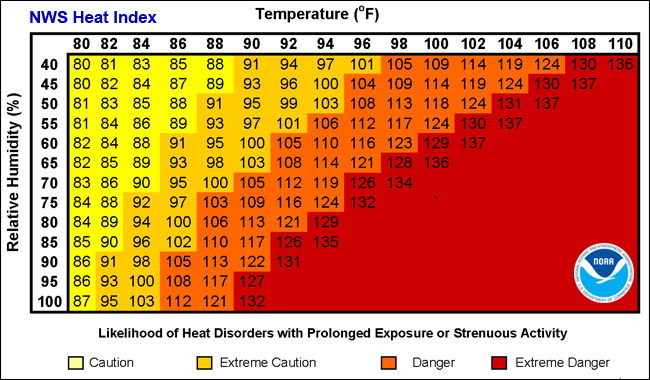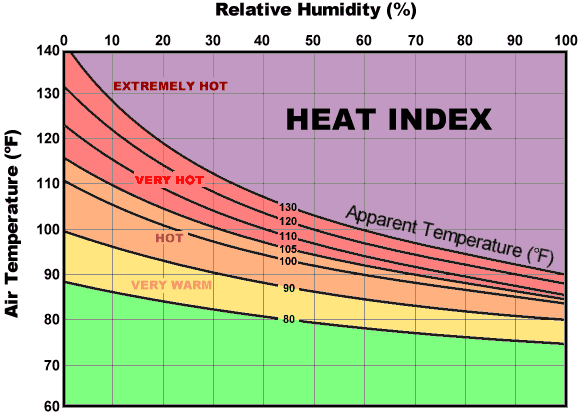
As summer hits, everyone’s eyes are on the temperature notifications and the AC control. However, climate scientists think that the heat index should capture more attention despite the weather reports only focusing on the temperature. However, the heat index is a better indicator of how intense the heat will be. Here’s everything you need to know as you get ready for the summer.
What is the heat index all about?
The heat index is the measure of how hot it feels. It uses not only temperature but also factors like humidity or moisture to determine the number. “The heat index matters — and this is especially true in the Northeast. Because it includes the amount of moisture or humidity that’s in the air, and that moisture or humidity can make the air temperature feel even higher,” said Kimberly Mc Mahon. Mc Mahon is a meteorologist at the National Weather Service (NWS).
How is the heat index calculated?

The formula is long and complicated as it applies multiple regression on the actual humidity and temperatures. This gives the number that better represents ‘how hot it feels.’ The NWS has an online calculator where you can check it yourself. However, the National Oceanic and Atmospheric Administration made it simple. The devised chart is easy to represent and understand.
Why use this instead of just the temperature?

The first reason is that, unlike the temperature, it is accurate in determining what the heat feels like outside. Moreover, a 73F may feel unbearable on a highly humid day. “With the high humidity, it’s harder to have the human body sweat, and then have that sweat evaporate. With the inability to inefficiently cool off, that increases a person’s heat stress,” added Mc Mahon.
The value is also used by the NWS to determine how hot temperatures can be tolerated by the human body. In addition to this, it is also used to issue heat advisories and warnings. These urge residents to avoid certain areas and the hottest times of the day. Alternatively, some countries including the US and Saudi Arabia use ‘WetBulb Globe temperature.’ It is the measure of heat intensity under direct sunlight. It factors in humidity, temperature, cloud coverage, angle of the sun and, wind speed.






